
Diabetes mellitus is a metabolic disorder, caused by problems in the production of insulin or by problems related to insulin effects to the body. Diabetes patients may completely lack insulin in the body, lack some insulin or their body won’t react to insulin that is present. Whatever the problem is, a lack of insulin always leads to the buildup of glucose in the blood.
Types of Diabetes
Diabetes mellitus can be found in four different types, including: type 1, type 2, gestational diabetes and pre-diabetes. The most common is diabetes type 2, and more than 90% of all people suffering from this disease are diagnosed with this particular type. It was usually diagnosed in adults over 40 years of age, but recently, the number of younger people, even children, who have been diagnosed with the disease, has increased dramatically. Obesity is one of the main causes of type 2 diabetes, and since nearly half the population suffers from being overweight, they tend to develop diabetes as well, regardless their age. The condition is also known as insulin resistance, and it usually leads to a decreased production of insulin in the body.
Diabetes type 1 is a less frequent condition, and it is basically an autoimmune disease. The body attacks and destroys the insulin producing cells, and because of that these patients have no insulin in the body and must take daily doses of this hormone.
During pregnancy, some women may develop a condition known as gestational diabetes. In most cases, the condition is transitory and lasts until childbirth, but these women stay at an increased risk of developing diabetes type 2 at some point of their life.
As the fourth category of diabetes, doctors consider a condition called pre-diabetes. The blood glucose level in these patients is higher than in healthy people, but it is also lower than in people suffering from diabetes. Some argue that pre-diabetes is actually the most common, and that more than half of all patients actually have this, rather than diabetes type 2.
Diabetes Symptoms
There are three distinctive signs of diabetes: excessive thirst (polydipsia), excessive urination (polyuria) and excessive hunger. People may or may not experience these or any other symptoms of diabetes. Because they experience any signs, it is estimated that almost 50% of people don’t know that they are diabetic.
Any unexplained weight loss, general tiredness, frequent infections and slow healing of wounds may indicate that you’re blood sugar is high and that you suffer from diabetes mellitus. Problems such as very dry skin, numbness in the fingers or toes and some changes of vision have also been associated with diabetes.
Nausea, vomiting, abdominal pain and lethargy can also point to the person experiencing diabetes. Diabetes ketoacidosis and hyperosmolar nonketotic state are serious complications of untreated diabetes.





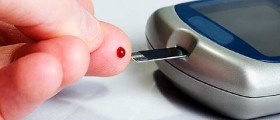

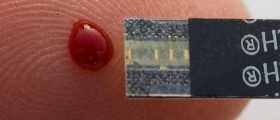




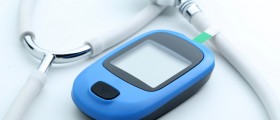

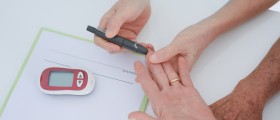
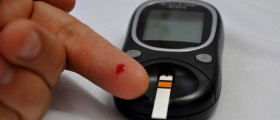

Your thoughts on this
Loading...